HOW TO CHOOSE YOUR PERFECT DIAMOND
Diamond, the king of gemstones, is a precious stone and the hardest mineral on Earth, and this combined with its exceptional lustre and brilliant fire, has made it the most sought-after gemstone of all. Choosing the perfect diamond can be a challenging process even for jewellery enthusiasts. In this article, we are going to walk you through some tips when it comes to picking a diamond.
CERTIFICATE & GRADING
Diamond are usually graded by colour, cut, clarity and carat. This is known as the 4Cs standard. The 4Cs standard was developed by the GIA and later adopted by gem laboratories around the world. Nowadays, there are many gemstones that hold similar features to the diamond, such as Cubic Zirconia and Moissanite. As a buyer, it is always safer to purchase a diamond (greater than 0.3ct) with an internationally recognised certificate.
These certificates generally contain a laboratory report that shows the stone's characteristics. Understanding the report can help you make a better decision when choosing your perfect stone. As an ethical and sustainable jewellery brand based in London, we carefully select our diamond suppliers and ensure they follow the international Kimberley process to avoid using conflict diamonds. We often work with two leading laboratories: GIA (Gemological Institute of America) and IGI (International Gemological Institute). Please see examples of their report below.
Example of a GIA certificate (normally for natural diamonds)
Example of an IGI certificate (normally for lab-grown diamonds)
COLOUR
This measures the absence of colour or presence of light hues on a scale from D–Z. D colourless colour is considered the most desirable and valuable for a white diamond.
CUT
The cut of a diamond is what gives it its coveted sparkle. This is created by facets that are precision-placed by the diamond cutter according to the stone’s natural symmetry and size, not too deep and not too shallow. The finished cut is then rated by its ability to reflect light according to how perfect its proportions are on a scale from - Excellent (EX), Very Good (VG), Good (G), Fair (F) and Poor (P). To learn more about the styles of cuts, please check out our diamond cut section.
CLARITY
This refers to a stone’s freedom from inclusions and blemishes. The number, nature, size, colour and location of any inclusions graded from Flawless to Included. Generally speaking, a flawless grade diamond is considered the most valuable and sought after.
Totally perfect diamonds are the rarest of all and their price reflects their rarity, but most diamonds have some kind of small mineral deposit, known as an inclusion. This includes feathering or graining, similar to that of natural wood, and needling which are created by the crystallisation of another natural substance in the Earth’s mantle layer becoming locked into the diamond as it forms.
CARAT
Diamond carats measure the weight of a stone, with 1 carat equalling 0.20 grams. Carat weight does not necessarily denote size, as two diamonds of the same size can have different carat weights if one is cut deeper than the other, for example. Diamonds of the same carat can also be graded differently due to differences in clarity or colour.
TIPS
When it comes to choosing an ideal diamond for your or your loved one, it is always good to start with what type of cut you are after. Each diamond cut has its own characteristics, so finalising this can help you select the rest.
Secondly, you should consider your budget. Whether you want to spend £1,000, £5,000 or even £10,000 and what carat weight you desire, this is entirely up to you. Having a budget in mind and sharing this with our team, we can show you a selection of diamond that matches your requirements and are within your budget.
Moreover, you should consider which of the following features are more important to you or your loved one: colour, clarity and the quality of cut. Generally speaking, most people would prioritise either colour or clarity. Quality of cut is often something people put less emphasis on. Each type of gemstone has its uniqueness; for example, emerald cut, most people would prioritise clarity over the colour as this type of gemstone cut has fewer facets and can show inclusion more easily. While round brilliant-cut or radiant cut has more facets, they are easier to hide the inclusions, so people tend to prioritise colour over clarity for these types of cut. There are also other features such as symmetry and fluorescence etc. However, these are more advanced gemstone features, so we advise you to contact us directly to discuss them. You can however choose the top grade for all 4Cs (clarity, colour, carat & cut), this will significantly increase the cost as a perfect diamond is hard to come by.
Understanding your budget, preferable style of cut, carat weight, colour and clarity can help us paint a clearer picture of what diamond you are looking for. When commissioning a bespoke diamond design with us, we will always show you a selection of stones within your budget and preference. You can amend your choices at any time, and our goal is to find the perfect diamond for you. As a designer and bespoke jewellery brand based in London, we have a great network of diamond and gemstone suppliers worldwide; we pride ourselves on providing ethical and sustainable gemstones and jewellery at a very competitive price. Drop us an email today to schedule a commitment-free consultation to start your bespoke jewellery journey ➤

